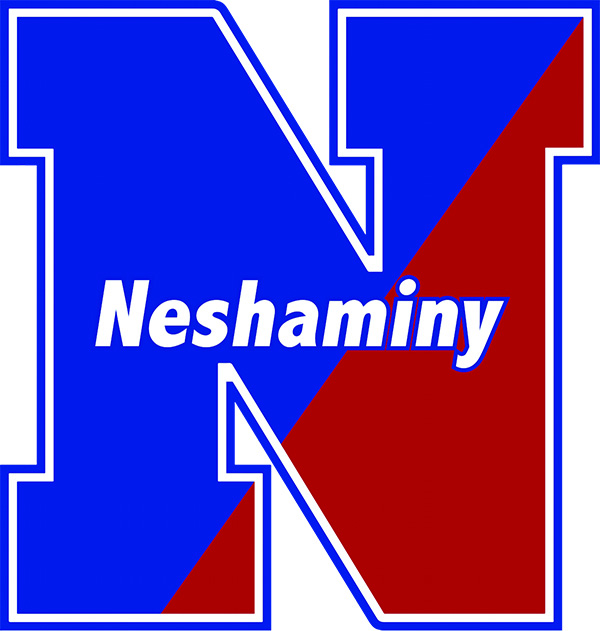Crossfire: NHS
February 21, 2019
It was a battle of which favored the Pennsylvania Human Relations Commission Council (PHRC), an idea that seemed to run against them under the first day of the hearing to terminate the Neshaminy mascot name. After losing this years’ long debate twice, this would be Neshaminy’s third appeal for a trial held and defended by the PHRC. Despite what a chunk of the public preferred, the better argument would be determined by the better preparation and execution, something Neshaminy seemed to bring forth right away.
Michael Andre Billeaudeaux, a retired military veteran and executive director of the Native American Guardians Association, who carried Neshaminy’s testimony for the opening of the hearing on Monday Jan. 7, was one of very few in which spoke to and gathered the opinions of various native leaders on the term Re**skin. He came to a universal conclusion from everyone he talked to; to educate rather than eradicate. “They don’t want to be bulldozed by dominant culture, they want to be represented, they want to be heard,” Billeaudeaux exclaimed. “The biggest fear is that America lost touch with its roots.”
Billeaudeaux also suggested that the name is derived from a red culture, as Native Americans often applied paint before battles and for adoption ceremonies, and that a number tribes continue to follow this tradition in their culture by calling one another red people, or R**skins. With this he believes that this term is meant to describe Native Americans as warriors, and that to fight like a Native American is to fight like a warrior.
He then added the representation of the culture Neshaminy High School displays through its landscape: through a statue, to gardens, along with a mural. Billeaudeaux highlighted the prominence that the Lenape approved statute holds within the school as it is looking up to the sky, with three skylights cut out, to the greater spirit. In terms of the gardens held near the football field, he believes placing a Native American image near statues of previous athletic leaders of Neshaminy symbolizes the connection of the warrior culture back to Neshaminy successes.
“The culture and the characteristics of the R**skin warrior seems to be the centerpiece of their local leaders connection that they’re connecting the elements of vision, strength, team work that is reflected outside in a professional garden setting that is ingrained in the school,” Billeaudeaux said.
Billeaudeaux held an enthusiastic position on the manner, failing to highlight the negatives, but he did bring rise to Neshaminy’s misrepresentation of local tribes. This likely pertained to the logo along with the costumes worn by students at football games, as a majority of Neshaminy students fail to remain fully educated on Native American culture.
“From a tribal perspective if I’m in Eastern Pennsylvania and you had a school that’s in the region and you’re not reasoning the authentic, historically significant headdress, that’s a point of improvement,” Billeaudeaux mentioned. “Maybe to some people it may be [offensive], but we see it as a point of improvement— it does represent a general Native American concept, but its not Eastern Pennsylvania.”
The core of Billeaudeaux’s argument provided substantial evidence and a unique reasoning, proving Neshaminy came more prepared to dominant than the PHRC’s statement, despite the PHRC’s position holding the utmost potential to prove that Neshaminy’s mascot is immoral in terms of evidence. But from what I observed from the first day, bringing the PHRC’s execute director Chad Dion Lassiter in to testify held as a point of weakness considering he defined general ideas and failed to bring forth capturing insight.
If the Neshaminy School District is open to following through with Billeaudeaux’s optimistic claims of educating each Neshaminy student further with Native American culture and beliefs, the public may be more open into accepting the R**skin name, as there is a greater chance it will stay than not. The most disrespectful thing we can do to indigenous people is continue to represent them without fully understanding them first; in the fight against a title most people lack the actual perspective of, it is more harmful not take the time to learn about this minority than it is to keep a name that is unintended to harm them.


